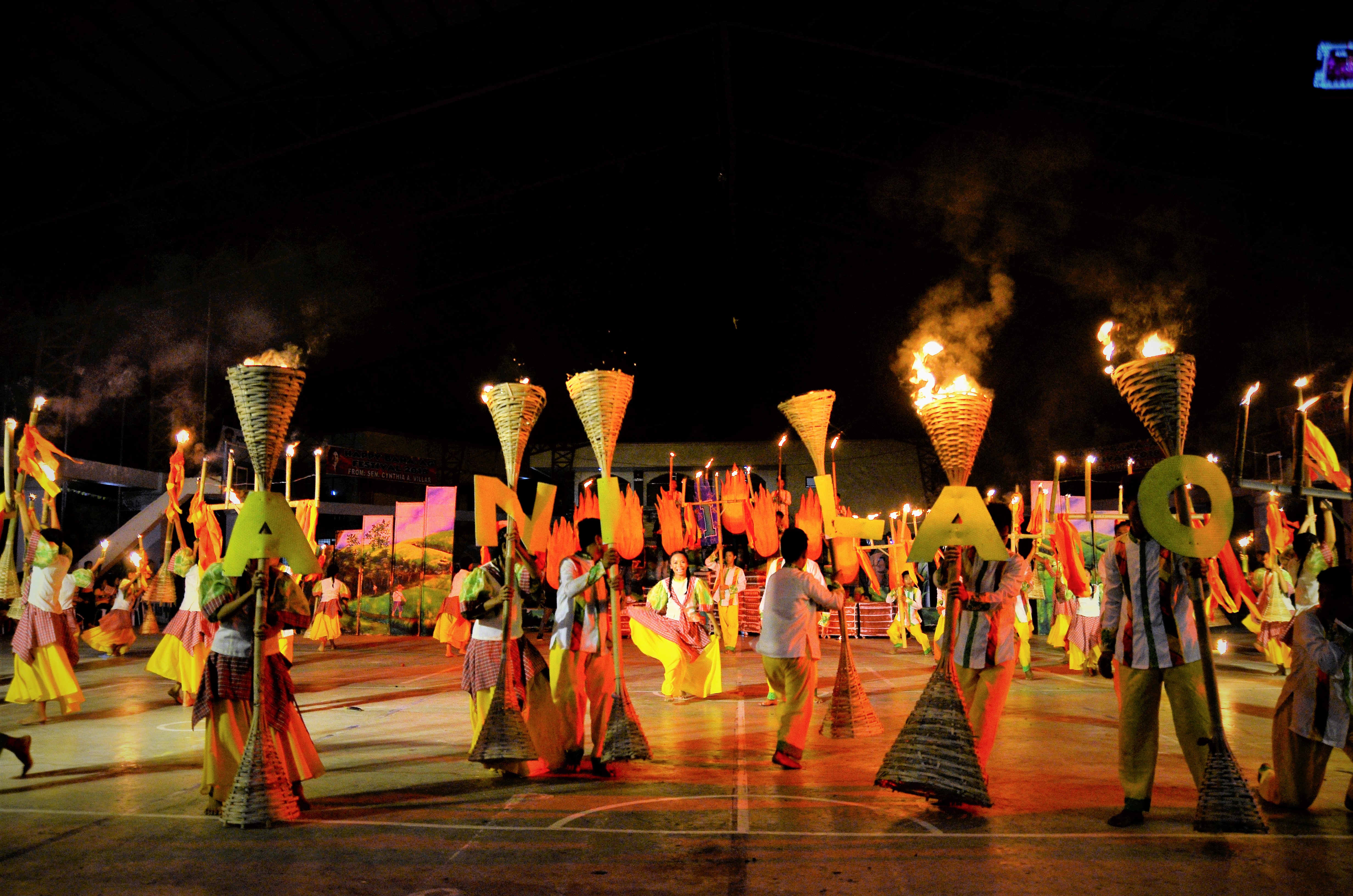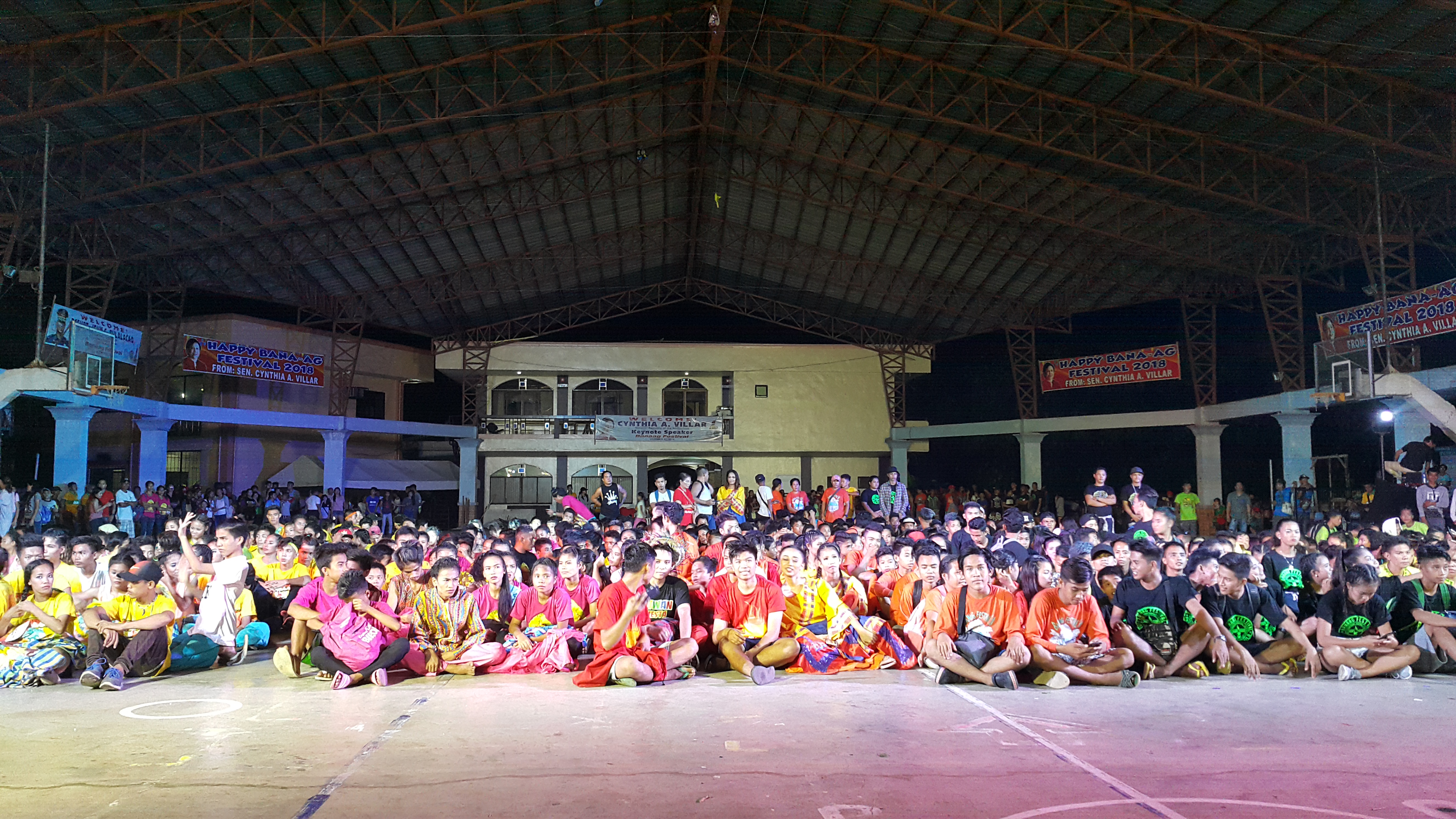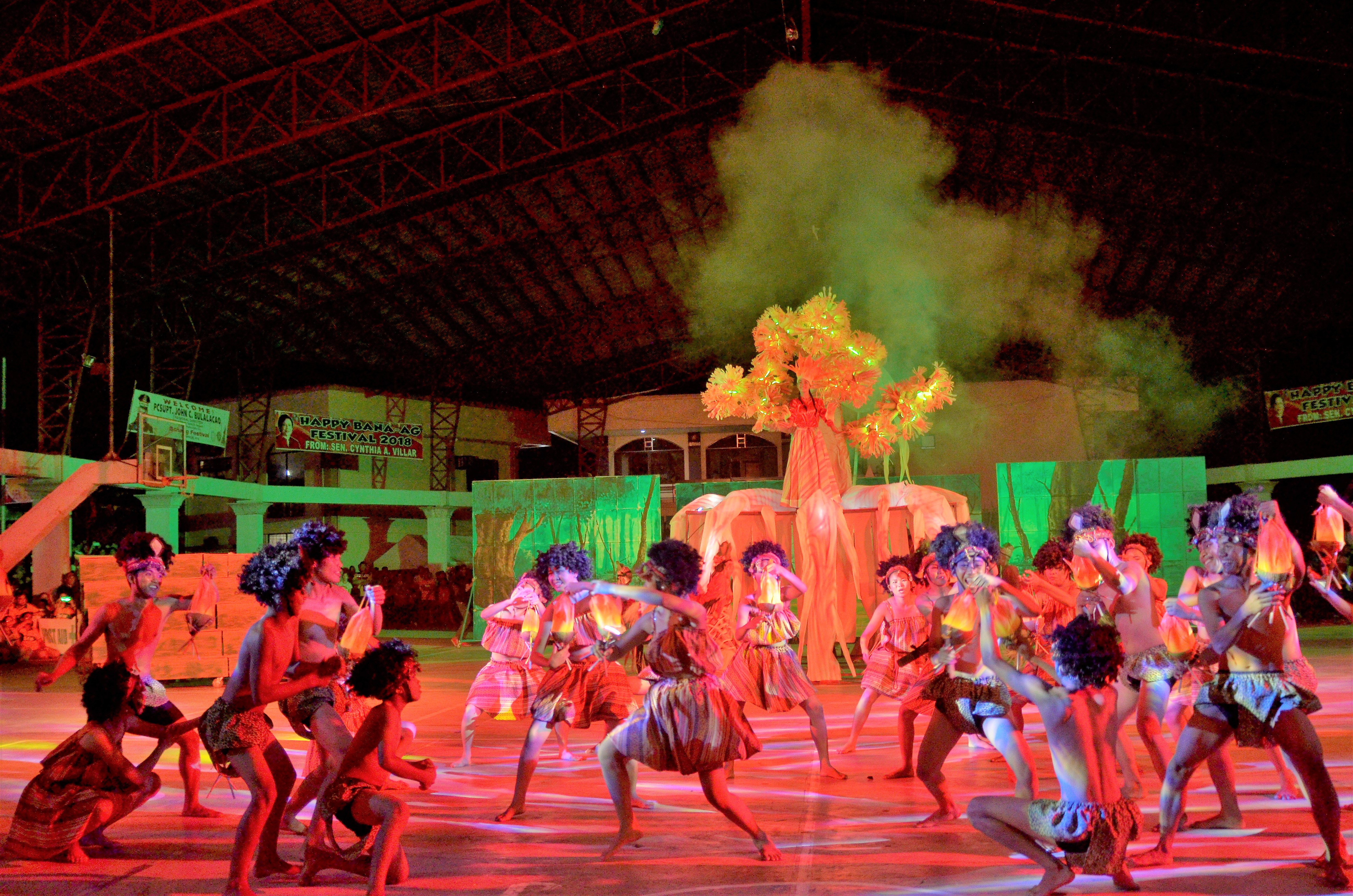By Bryle B. Suralta

The Banaag Festival, much like the municipality of Anilao itself, is relatively young, but this tradition celebrates a rather older heritage, paying homage to its cultural roots.
For Anilao, a fourth-class municipality in the province of Iloilo with a population of between 20,000 to 30,000 citizens, lights didn’t always shine this bright. In fact, the situation in the town used to be a bit dim, as the town was looking for a way to define its identity.
It was 2004 when the Banaag Festival debuted. At the time, Anilao was only in its 64th year of being an independent municipality. And then-mayor Ma. Teresa Debuque was searching for a way to unite the townsfolk. That was when she conceptualized the idea for the festival, which was inspired by the local sentinels during the Spanish times, who guarded the watch towers and warned citizens of pirates by lighting a torch as a signal.
But even she knew that she needed someone who shared her vision. And she found it in Congressman Ferjenel Biron.
“If not for Congressman Biron, walang Banaag Festival ngayon,” says the former mayor.
Ma. Teresa, who is now the town’s vice mayor, was fortunate enough to have a congressman who, she claims, just “heard her out.”
For “Dok Ferj,” as the congressman is affectionately referred to by his constituents, Anilao has always had a special place in his heart, garnering a large number of votes from the town during the previous elections. It was a no-brainer for him to help, and, now he’s glad to see it flourish.
“Who would have thought that one day, this would be a nationally awarded festival?” the congressman says.

Considering that this is only the festival’s 14th iteration, the Banaag Festival has steadily built a reputation for itself as one of the Philippines’ must-experience celebrations. It was even awarded as the “Philippines’ Best Municipal Festival” at the 2018 Pearl awards.
And thanks to Teresa’s daugher, Nathalie, who is now the town’s mayor, she is confident that the torch has been passed on to someone who will “continue the tradition.”
Telling the tales of its people
The “Dance of the Lights” festival, Banaag Festival’s more global name, wouldn’t be complete without its signature Dance Drama Competition, which pits eight tribes against each other.
The eight tribes, which represent the eight districts of Anilao, perform festive dances that tell the tales of Anilao.
“The tribes show you the stories that are quintessentially Anilao,” says Mayor Nathalie, who is extremely proud of the youth who participated in the event.
These competing tribes are District I’s “Hubon Bulalakaw,” District II’s “Hubon Siga-Siga,” District III’s “Hubon Daba-Daba,” District IV’s “Hubon Aninipot,” District V’s “Hubon Silak,” District VI’s “Hubon Cabogwason,” District VII’s “Hubon Karab-Karab” and District VIII’s “Hubon Iwag.”
“Hubon Bulalakaw” took home the honors this year with their dazzling display, which celebrated the nature conservation efforts of Anilao in the time of climate change.
The 24-year-old mayor is glad to see that, amidst the competitive nature of the event, the people of Anilao “have developed a sense of oneness.”

Educational platform
For the young mayor, this goes to show that the Banaag festival is also a great platform to educate the public.
Not only did the tribes tell the tales of their origins, but they also raised awareness for different environmental issues that plague the country today. This is evident in the performance of “Hubon Bulalakaw.”
“It’s in the different themes of the performances,” says the mayor. “You can see that the tribes or districts raise awareness for different topics.”
These topics that she talks about, which were masterfully incorporated in each tribe’s story, were climate change and environmental conservation, among others. After all, a story wouldn’t be complete without a lesson to be learned.
“They’re not just stories, but ones with a moral to them,” she claims.





